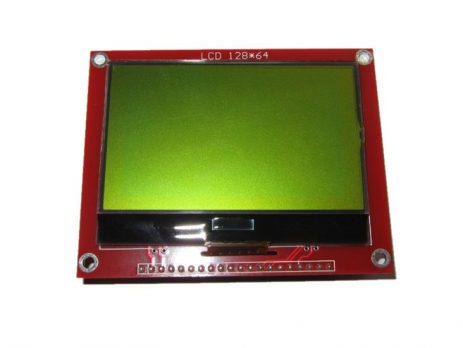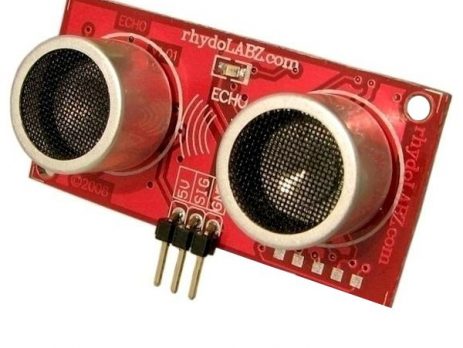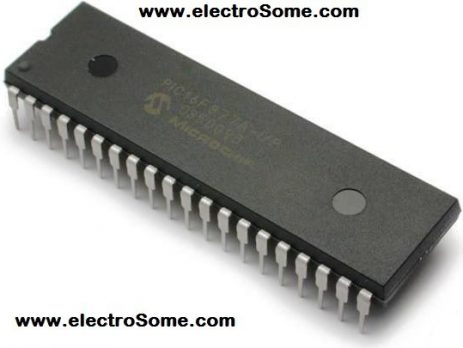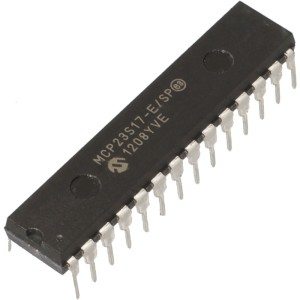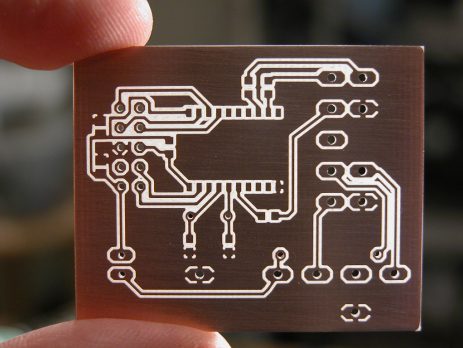Electronics tutorials including microcontroller, microprocessor, programing and circuits. Intended for beginners, electronics hobbyists, college students, professionals and educational purposes.
Interfacing GLCD with PIC Microcontroller
I have already posted about Interfacing character LCD with PIC Microcontrollers. By using GLCD (Graphical LCD) we can present information in a better and user friendly way by using any patterns or shapes. Graphical LCDs are preferred where both character and graphical representation are required. Compared to Character LCD, GLCD is a bit complex and we need a powerful graphic library. MikroC PRO for PIC Microcontrollers provides powerful built in libraries for that. GLCD MikroC Pro - Graphic LCD Library MikroC Pro for PIC Microcontrollers...


